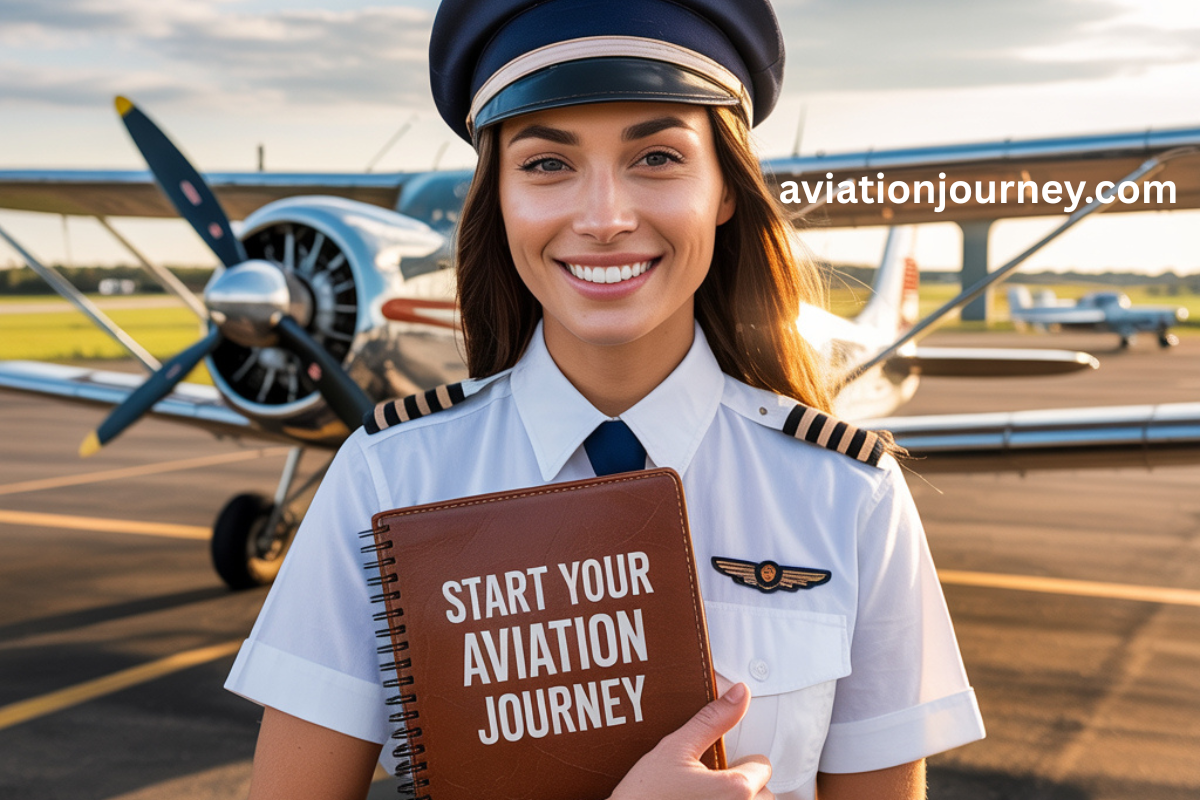How Do I Start My Aviation Journey?
If you feel the pull of the sky, you’re not alone. Starting an aviation journey means choosing a path—pilot, cabin crew, engineer, air traffic controller, or aviation manager—and taking practical steps to turn that dream into a career. Here’s a friendly, step-by-step guide to help you begin.
1. Decide your role
First, pick what excites you. Do you imagine sitting in the cockpit? Consider a pilot path (PPL → CPL → ATPL). Do you prefer behind-the-scenes technical work? Aircraft maintenance engineer (AME) or avionics could fit. Love customer service and travel? Look at cabin crew or ground operations. Each role has different training, costs, and timelines.
2. Research local requirements
Aviation rules vary by country. Check the civil aviation authority in your region for license rules, age limits, language requirements, and medical standards. For pilots, you’ll need a medical certificate. And for technical roles, look for accredited AME schools. For ATC, authorities often run their own selection and training programs.
3. Start learning the basics
Begin with ground knowledge: aerodynamics, aviation terminology, and navigation. Take an introductory flight or a discovery lesson at a local flight school—one short flight can confirm your passion. Use flight simulators and online courses to build skills affordably before committing to full training.
4. Follow a pilot pathway (if flying is your goal)
- Private Pilot License (PPL): The entry-level license that teaches you to fly single-engine aircraft.
- Instrument Rating (IFR) & Multi-Engine: Add these to expand capability and safety.
- Commercial Pilot License (CPL): Required to get paid flying jobs.
- Airline Transport Pilot License (ATPL): The final step for airline captains; often earned with experience and additional exams.
Between each stage, log flight hours, pass theory exams, and complete check rides. Many countries and schools also offer cadet programs that combine training with airline partnerships.
5. Explore technical and alternative routes
If you prefer engineering, enroll in an AME or aerospace engineering program. These paths lead to careers in maintenance, design, or manufacturing. If customer service and travel appeal, apply to cabin crew training programs—airlines often run open days and recruitment drives.
6. Train smart and build experience
Choose an accredited flight school or technical institute with good safety records, modern aircraft, and supportive instructors. Build hours by instructing, banner towing, or doing aerial survey work. Join flying clubs to gain experience affordably and network with other aviators.
7. Develop soft skills & professionalism
Aviation values discipline, communication, and problem-solving. Practice crew resource management (CRM), learn English aviation phraseology if needed, and cultivate fitness and mental resilience. Strong soft skills help in interviews, assessments, and everyday operations.
8. Network and find mentorship
Attend airshows, open days, and aviation meetups. Join online communities, forums, and local chapters of aviation clubs. A mentor—an instructor, airline pilot, or engineer—can guide training choices, help with job applications, and open doors.
9. Plan finances & look for funding
Training costs vary widely. Explore scholarships, airline cadet sponsorships, student loans, or part-time work in aviation to fund your training. Many airlines run sponsored programs that reduce upfront costs in exchange for future service.
10. Never stop learning
Aviation evolves fast—new avionics, sustainable fuels, and automation change the landscape. Keep learning, renew certifications, and consider additional ratings (type ratings, instructor certificates) to boost employability.
Final thought
Starting your aviation journey takes curiosity, planning, and persistence. Break it down into clear steps, test the waters with discovery flights or short courses, and build momentum one milestone at a time. The sky isn’t just a dream—it’s a path you can follow.
Please download Aviation Journey Checklist along with the Top 5 Flight Schools in each continent.

